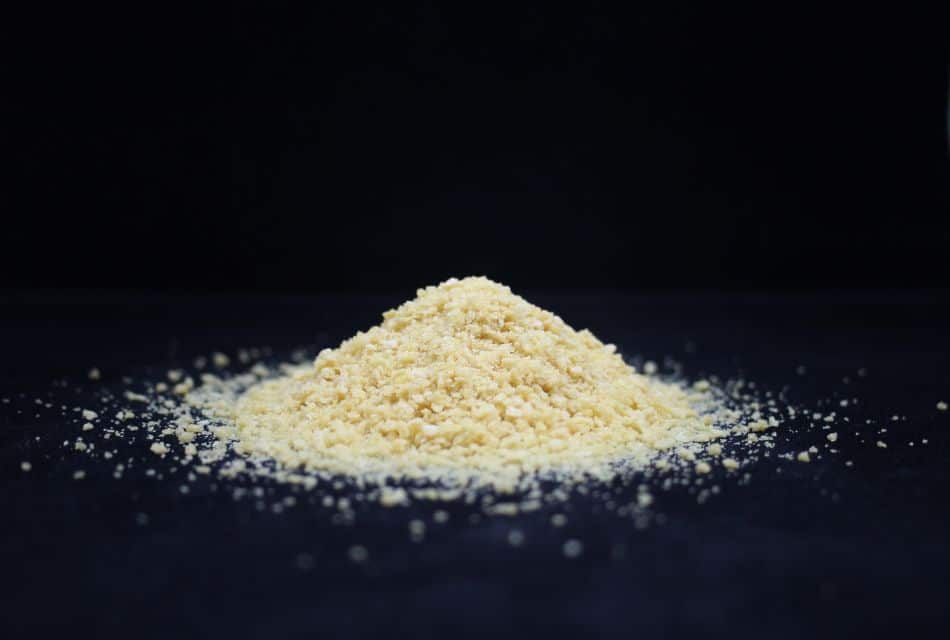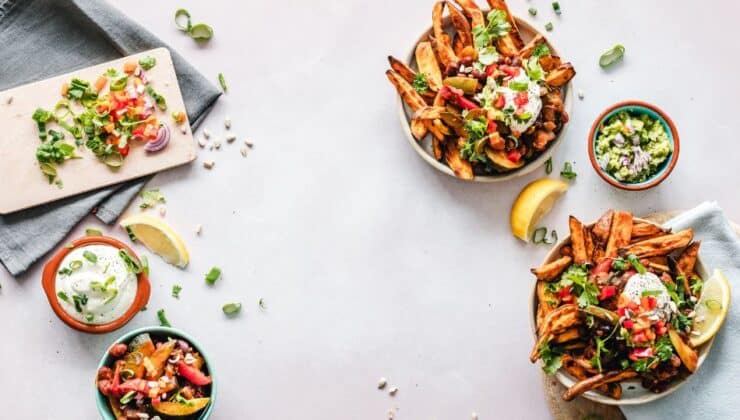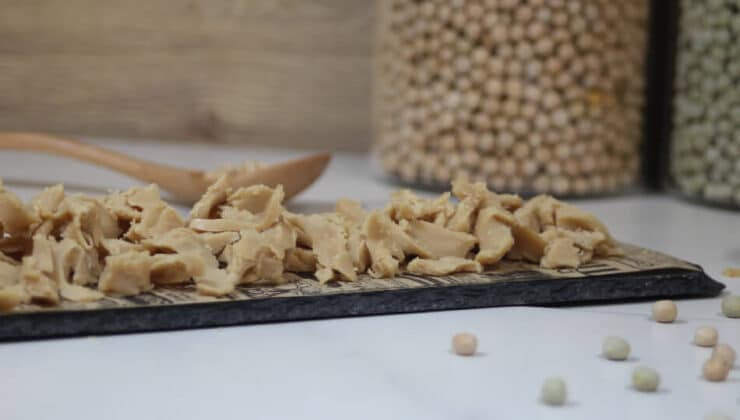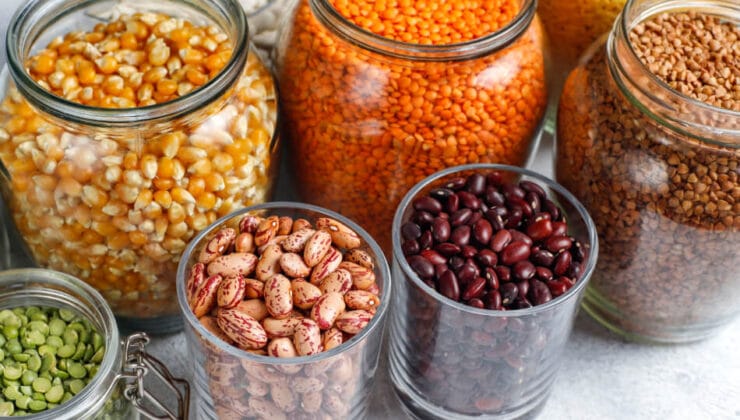Protein batters made with top-quality raw materials at source live between two parallel realities that can and do converge.
On the one hand, they are an object of desire that the palate appreciates and enjoys, despite the labelling they are often subjected to, which leads to debates about their nutritional value.
On the other hand, protein batters have extensive R&D department development work, such as that of Molendum Ingredients, a subsidiary of the Dacsa Group, which has resulted in fine flour particles of excellent quality at source and outstanding nutritional value, combined in a formulation that makes them unique, disproving the argument of the dubious nutritional quality of a protein batter made according to the highest quality standards.
Unique for what? What is the objective?
This is where the confluence appears in the answer about protein batters with a much higher than average nutritional contribution and organoleptic qualities that make them outstanding products, both for the food industry and for consumers.
A good example can be found in the flours that make up Molendum Ingredients’ predust.
Protein-rich flours, which help the surface of the chosen food to adapt to its coating, facilitating rapid cooking, favouring the nutritional quality of the final product and making it a protein-based batter of high nutritional value because both predusts and sizing agents allow the batter to be fixed to the food in an optimal way, preventing parts of the surface from being left uncovered, thus reducing both the nutritional quality of the product and its organoleptic qualities.
In addition, Molendum adapts the predust toppings to the varied needs and preferences of its customers, offering personalised advice and monitoring in its creative process to produce different predusts with different types of flour, all of which are subjected to a heat treatment that favours adhesion between the coating and the contents.
Flours of high protein value because they come from the milling of different cereals and ancestral grains such as buckwheat, quinoa, amaranth or teff; or legumes such as peas, lentils, chickpeas or beans. These flours have a higher protein content than traditional flours and have undergone a cooking process to improve their organoleptic properties, shelf life and processability.
These are native or heat-treated flours that are highly valued by the food industry for their high protein content, versatility and high fibre content; characteristics that make them the perfect ingredient for healthy snacks to replace others such as potato starch or modified starches.
These types of flour, perfect for the production of sizing agents and predusts, offer a high cold viscosity and a balanced water retention, which favours the binding function, thus allowing their inclusion in formulations of ingredients difficult to process by extrusion, as is the case of flours from ancient grains or legumes.
The food industry, food processors and customers have already made up their minds: protein batters are not only possible, but also offer a complete and healthy nutritional intake, in line with the demand for a more conscious nutrition that is gaining momentum in our society.




